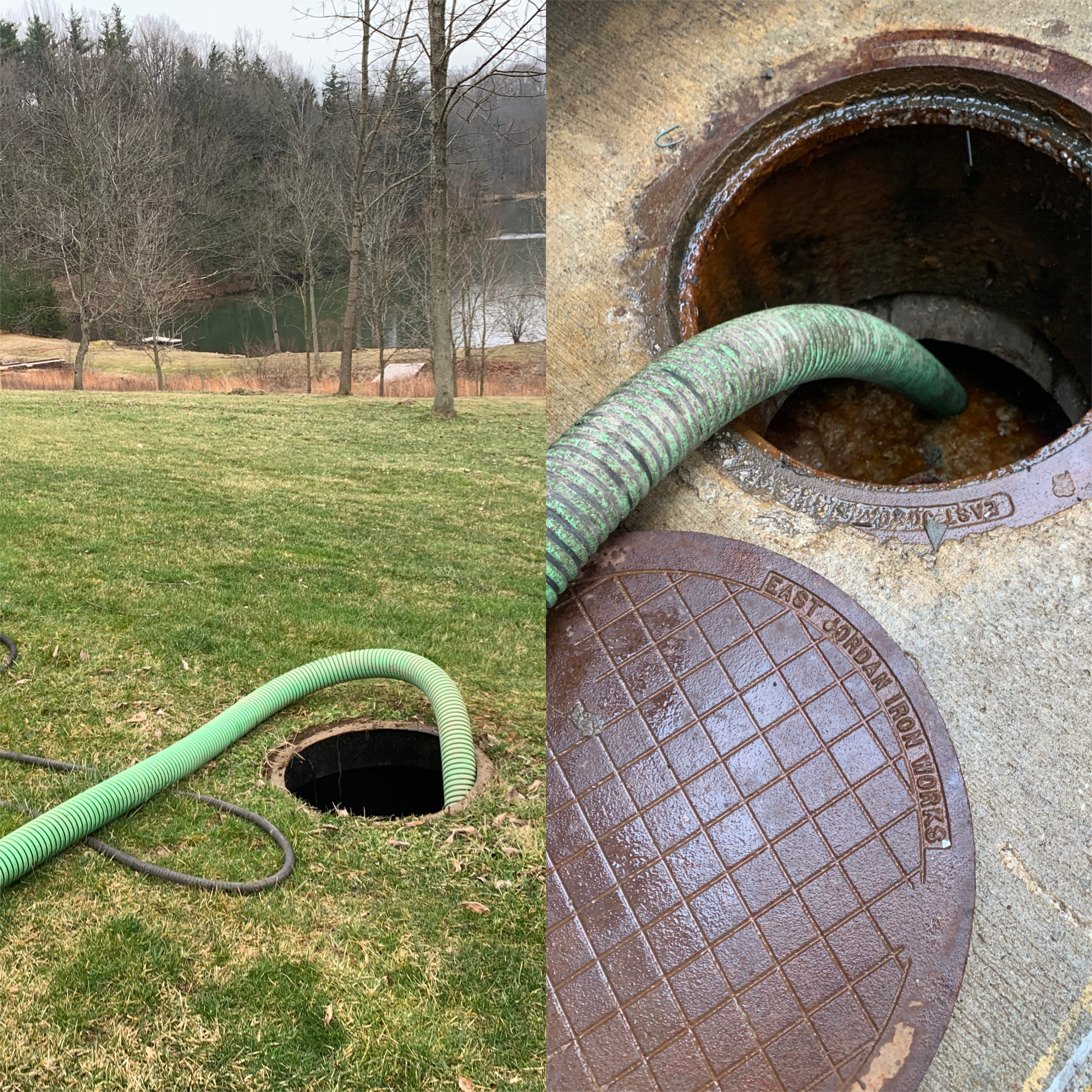Stillwell Septic And Grading for Beginners
Stillwell Septic And Grading for Beginners
Blog Article
Unknown Facts About Stillwell Septic And Grading
Table of ContentsThe Buzz on Stillwell Septic And GradingAn Unbiased View of Stillwell Septic And Grading10 Easy Facts About Stillwell Septic And Grading DescribedRumored Buzz on Stillwell Septic And GradingUnknown Facts About Stillwell Septic And GradingSome Of Stillwell Septic And GradingThe 5-Second Trick For Stillwell Septic And Grading
Generally, septic tank setup is a complicated process that needs cautious planning and implementation. Homeowners need to collaborate with a reliable setup group and recognize neighborhood policies and demands to make certain that their septic system operates properly for several years ahead. After the sewage-disposal tank has actually been installed and attached to the drainpipe field, it is time to backfill the location.The backfill material must be devoid of clods, large rocks, frozen matter, and particles that can result in gaps in the backfill that might allow settling over time. Squashed rock or pea gravel 1/2-inch in diameter is favored if native materials are not ideal. As soon as the backfilling is full, it is time to landscape the area.
When the septic tank has actually been installed, it is critical to test it to ensure that it is working properly (Septic Tank Repairs). https://www.provenexpert.com/stillwell-septic-and-grading/. Evaluating the system entails looking for leaks, making sure that the tank goes to the proper degree, and taking a look at the drain field. One of one of the most usual tests executed is the hydraulic lots test
Stillwell Septic And Grading - Questions
The water is then checked to ensure that it moves correctly via the pipelines and into the drain area. If the water does not stream appropriately or supports right into the storage tank, it may suggest an issue with the system. An additional examination that is generally performed is the color test.
The color is then monitored to make certain that it moves properly through the pipes and right into the drainpipe field. If the dye does not stream appropriately or appears in the incorrect place, it may show a problem with the system. It is necessary to have a specialist execute these examinations to guarantee that they are done properly.

The Basic Principles Of Stillwell Septic And Grading
Below are some important ideas for house owners to keep their septic system: The ordinary home septic tank ought to be evaluated at least every three years by a septic solution specialist. The frequency of pumping depends upon the dimension of the storage tank and the variety of people using it. https://www.domestika.org/en/stillwellsag. A basic guideline is to pump the storage tank every three to five years
Making use of water-efficient components and home appliances, such as low-flow showerheads and bathrooms, can lower water usage and aid the septic system work extra efficiently. Just flush bathroom paper and human waste down the commode. Prevent flushing anything else, including feminine health products, infant wipes, and food preparation oil, as they can obstruct the system.
6 Easy Facts About Stillwell Septic And Grading Explained
Septic system installation is an intricate process that requires careful planning and implementation. House owners must be conscious of the needed steps associated with the setup process to make sure that their septic system works correctly and effectively. The initial step is to assess the website where the septic tank will certainly be installed.
Once the site has been evaluated, the next step is to prepare for the setup. Home owners should guarantee that their professional is experienced in septic storage tank setup and will function together with them throughout the process.
Some Ideas on Stillwell Septic And Grading You Should Know

Homeowners need to know the needed steps included in the installment process to make sure that their septic tank operates correctly and efficiently. By adhering to these actions and maintaining their system, home owners can feel confident that their septic tank will certainly offer reliable wastewater treatment for several years to come.
Nearly one in 5 U.S. homes have septic systems. If you're not properly preserving your septic system, you're not just harming the environment, you're placing your family's health and wellness at riskand might be flushing thousands of bucks down the drainpipe!
The smart Trick of Stillwell Septic And Grading That Nobody is Talking About

All that added water can actually stress your septic tank. Startle making use of water-generating home appliances. This can be useful especially if your system has not been pumped in a very long time. Come to be much more water effective by dealing with pipes leaks and consider setting up bathroom and kitchen tap aerators and water-efficient items.
Fascination About Stillwell Septic And Grading
Know your system's location. When you have the container pumped, draw a layout or map revealing its place in regard to fixed factors - edges of your home, steps, or fencing messages. Ask the pumper to help you locate the drainfield. Note its location on your diagram, together with the place of your drinking water well.
As well much water can harm it. Don't dig, build, or plant anything apart from grass over the drainfield. Conserve water. Septic Inspection. Lower the amount of wastewater that look at here now need to be treated and dealt with by your system: Wash no greater than 1 or 2 lots of garments daily. As much as 53 gallons of water flooding your septic system with each load, so it's finest to spread out laundry out over the week.
Report this page